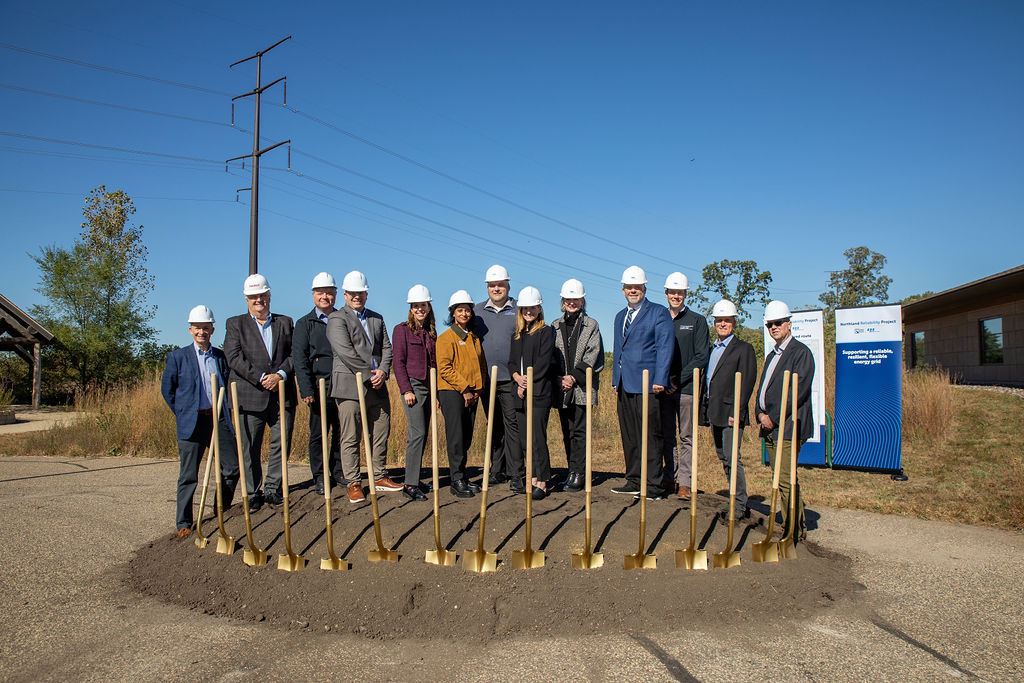Great River Energy has sufficient resources to serve its membership, but expected weather challenges may warrant added measures to maintain reliability of the larger grid
Last week, the North American Electric Reliability Corporation (NERC) issued its 2022 Summer Reliability Assessment. In it, NERC — the United States’ authority on electric reliability — warned that several parts of the country are at risk of energy shortfalls this summer due to predicted above-normal temperatures and drought conditions over the western half of the continent.
The announcement followed similar comments from the Midcontinent Independent System Operator (MISO), which manages the power grid for 42 million people in the United States and Canada, including Minnesota. Although MISO projects the Midwest will have sufficient energy for the summer, it stated that additional measures may be necessary to maintain reliable service during periods of peak demand. These periods typically occur on hot and humid days when consumers are using more electricity than normal.
NERC indicated the north and central areas of MISO are in a “high risk” category due to generator retirements and increased demand. Great River Energy serves the northern area of MISO.
Although Great River Energy has enough generating capacity to meet the demands of its members, plus a cushion, any emergency measures deployed to maintain reliability will be applied over the entire region, regardless of which utility serves a geographic area or the capacity position of those utilities relative to their obligations in MISO.
“Great River Energy does its part every year to contribute to regional reliability by meeting its supply requirements, securing resources in reserve and having some surplus to sell to others.”
Great River Energy Vice President and Chief Power Supply Officer Jon Brekke
Great River Energy has carefully constructed a portfolio of power supply resources that provides low-cost renewable energy and a robust fleet of dispatchable resources that allow it to generate or receive additional energy when needed. These include hydropower resources, power supply contracts with other energy producers as well as natural gas peaking plants. All state administrative, legislative and MISO resource adequacy requirements and obligations have been — and will continue to be — met by Great River Energy.
“Our peaking plants can start in a matter of minutes and most have the ability to operate on fuel oil if the supply of natural gas is constrained,” Brekke added.
Great River Energy and its member-owner cooperatives also have approximately 350 megawatts of demand response capability that can be dispatched to reduce stress on the electric grid. These demand response programs provide valuable flexibility and may be called on more often during peak periods this summer. Every cooperative offers unique program offerings, and consumer-members can enroll at any time.
In emergency situations, MISO calls on additional power supply resources, imports energy from other regions and performs voluntary load reductions to manage the electric system. Temporary controlled manual load sheds, or periodic power outages, are used as a last resort to keep the system in balance. If there are temporary controlled load sheds, Great River Energy has procedures in place to act immediately when directed by MISO to shed load. Load shed protocols and processes are defined and drilled routinely, so when these events happen, Great River Energy is ready.
“Emergency measures are rarely deployed, but our operators practice them regularly,” said Priti Patel, Great River Energy Vice President and Chief Transmission Officer. “We are prepared to maintain the health and reliability of the electric system in order to best serve our membership.”
 " data-object-fit="cover">
" data-object-fit="cover">